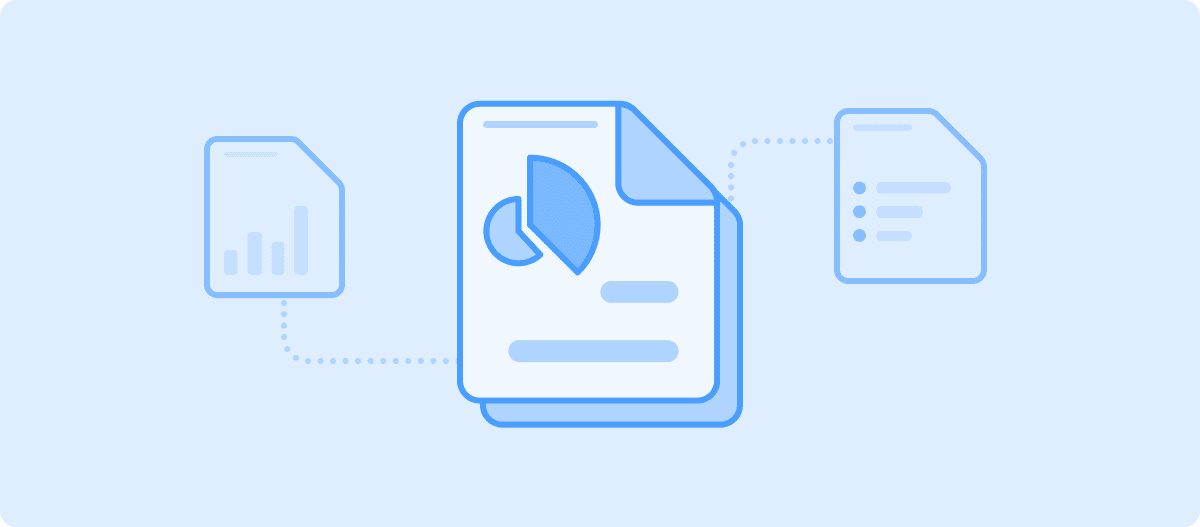In today’s digital age, social media is a powerhouse for marketing and brand communication. But how do you know if your social media efforts are paying off? Enter social reporting tools. These tools are essential for analyzing performance, understanding your audience, and refining your strategies. In this article, we’ll delve deep into what social reporting tools are, their benefits, types, top choices, and how to effectively use them.
What are Social Reporting Tools?

1. Definition and Purpose
Social reporting tools are software applications designed to collect, analyze, and present data from social media platforms. Their primary purpose is to help businesses understand how their social media efforts are performing and to provide insights for improvement.
2. Key Features
- Data Aggregation: Collect data from various social media platforms in one place.
- Analytics and Reporting: Provide detailed analytics and customizable reports.
- Visualization: Offer visual representations of data through graphs and charts.
- Real-Time Monitoring: Track social media activity in real-time.
Benefits of Using Social Reporting Tools
1. Improved Data Analysis
Social reporting tools enable you to dive deep into data. They provide detailed insights into what works and what doesn’t, allowing for data-driven decisions.
2. Enhanced Social Media Strategy
With these tools, you can refine your social media strategy based on real data. Identify which posts resonate most with your audience and optimize your content accordingly.
3. Efficient Time Management
Instead of manually gathering data from each platform, social reporting tools automate the process, saving you valuable time.
Types of Social Reporting Tools
1. Comprehensive Suites
These tools offer a wide range of features covering various aspects of social media management, including scheduling, monitoring, and reporting.
2. Platform-Specific Tools
These are designed for in-depth analysis of specific platforms like Twitter, Facebook, or Instagram.
3. Niche Tools
Focused on particular aspects of social media reporting, such as influencer tracking or sentiment analysis.
Top Social Reporting Tools in 2024
1. Hootsuite
A popular tool known for its comprehensive social media management capabilities. It offers robust reporting features that help in tracking performance across multiple platforms.
2. Sprout Social
Offers powerful analytics and reporting features, making it easy to understand your social media performance and audience engagement.
3. Buffer
Known for its user-friendly interface and effective reporting tools that provide insights into social media metrics.
4. Zoho Social
Provides detailed analytics and customizable reports, ideal for businesses looking for a budget-friendly option.
5. Google Analytics
While primarily a web analytics tool, Google Analytics offers social reporting features that can track social media traffic and engagement.
How to Choose the Right Social Reporting Tool
1. Assess Your Needs
Determine what you need from a social reporting tool. Are you looking for comprehensive analytics, or do you need something specific to one platform?
2. Budget Considerations
Evaluate the cost of the tool against its features. Free tools may suffice for smaller businesses, while larger enterprises might need premium options.
3. User-Friendliness
Choose a tool that is easy to use. A steep learning curve can hinder your reporting efforts.
4. Integration Capabilities
Ensure the tool integrates well with other platforms and tools you use for a seamless workflow.
Key Metrics to Track with Social Reporting Platforms
1. Engagement Metrics
Includes likes, comments, shares, and interactions that indicate how well your content is performing.
2. Reach and Impressions
Measure how many people have seen your content and how often it is displayed.
3. Conversion Rates
Track the percentage of users who take a desired action, such as signing up for a newsletter or making a purchase.
4. Audience Demographics
Understand the age, gender, location, and interests of your audience to tailor your content more effectively.
How to Set Up Social Reporting Tools
1. Initial Configuration
Start by setting up your account and configuring basic settings.
2. Connecting Social Accounts
Link all your social media accounts to the reporting tool for comprehensive data aggregation.
3. Setting Up Dashboards
Create dashboards that display the key metrics you want to track regularly.
Best Practices for Using Social Reporting Tools
1. Regular Monitoring
Consistently monitor your social media performance to stay on top of trends and changes.
2. Analyzing Data Trends
Look for patterns and trends in your data to understand what drives engagement and success.
3. Customizing Reports
Tailor your reports to highlight the most important metrics for your business goals.
Challenges
1. Data Overload
Too much data can be overwhelming. Focus on the most relevant metrics to avoid analysis paralysis.
2. Integration Issues
Some tools may have trouble integrating with certain platforms. Choose tools with strong integration capabilities.
3. Interpretation of Data
Raw data needs proper interpretation to be useful. Ensure your team understands how to read and act on the data.
Future Trends
1. AI and Machine Learning
These technologies will provide deeper insights and predictive analytics, making reporting tools even more powerful.
2. Real-Time Analytics
The demand for real-time data will increase, allowing businesses to react instantly to trends and issues.
3. Increased Customization
Future tools will offer more customization options, enabling businesses to tailor reports to their specific needs.
Common Mistakes to Avoid
1. Ignoring Key Metrics
Don’t focus solely on vanity metrics like likes and shares. Pay attention to conversion rates and ROI.
2. Overcomplicating Reports
Keep your reports simple and focused on key insights to avoid overwhelming your team.
3. Not Taking Action on Insights
Data is only valuable if you act on it. Use your insights to inform your strategy and make improvements.
Conclusion
Social reporting tools are indispensable for any business serious about its social media presence. They offer valuable insights that can drive your strategy and improve your results. Whether you’re a small business or a large enterprise, integrating these tools into your workflow is a smart move. Start leveraging social reporting tools today and see the difference they can make in your social media performance.
To see how these tools can transform your business, request a demo from AIM Technologies and discover the power of advanced social reporting firsthand.
FAQs
What are the costs associated with social reporting tools?
- Costs vary widely, from free tools with basic features to premium tools with advanced analytics. Assess your needs and budget to choose the right one.
Can small businesses benefit from these tools?
- Absolutely. Social reporting tools can help small businesses understand their audience and improve their social media strategy.
How often should reports be generated?
- Weekly or monthly reports are typically sufficient, but real-time monitoring can be beneficial for quick adjustments.
Are free tools sufficient for effective reporting?
- Free tools can be effective for basic reporting needs, but paid tools offer more advanced features and insights.
How can social reporting tools improve ROI?
- By providing detailed insights into what works and what doesn’t, these tools help you optimize your social media strategy, leading to better ROI.


